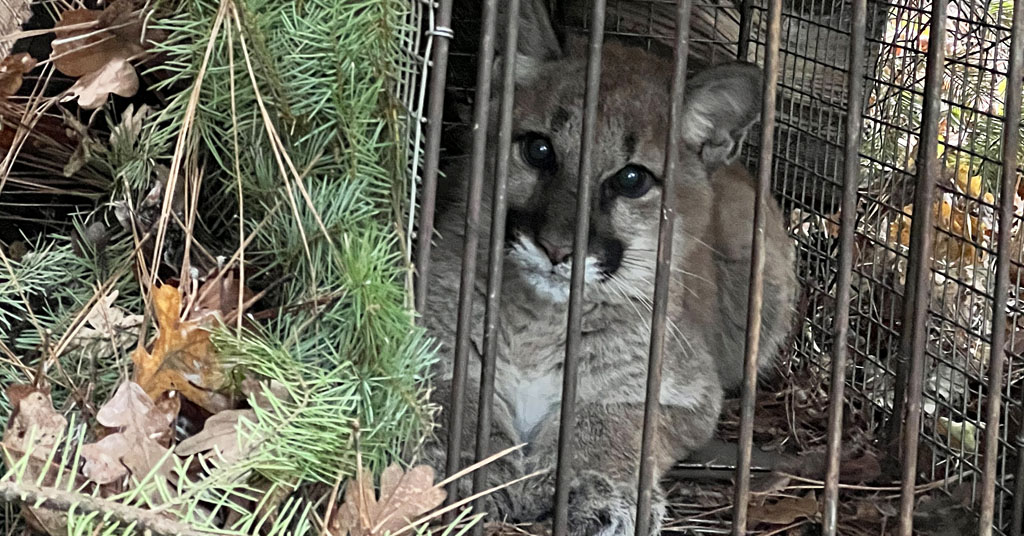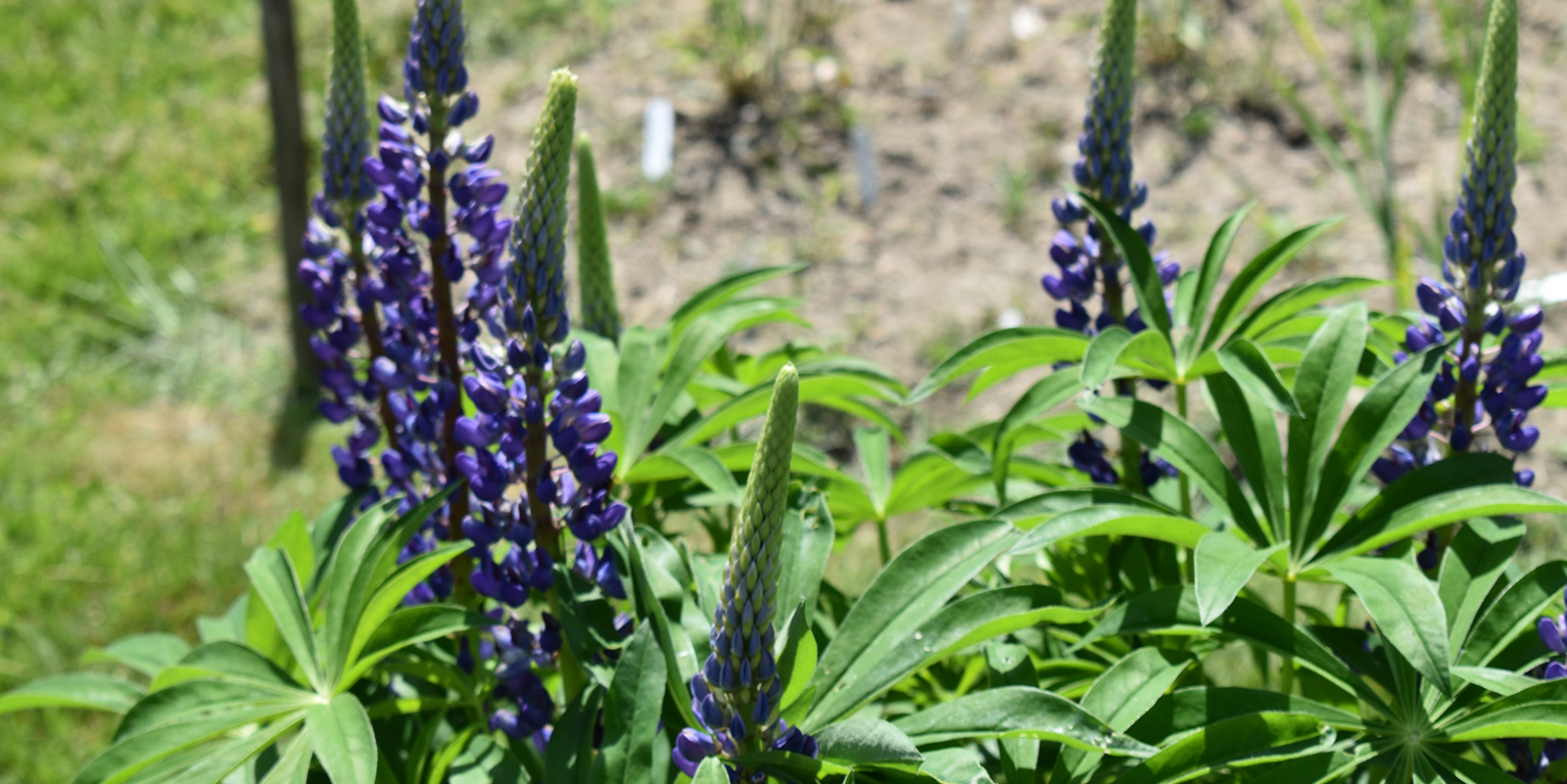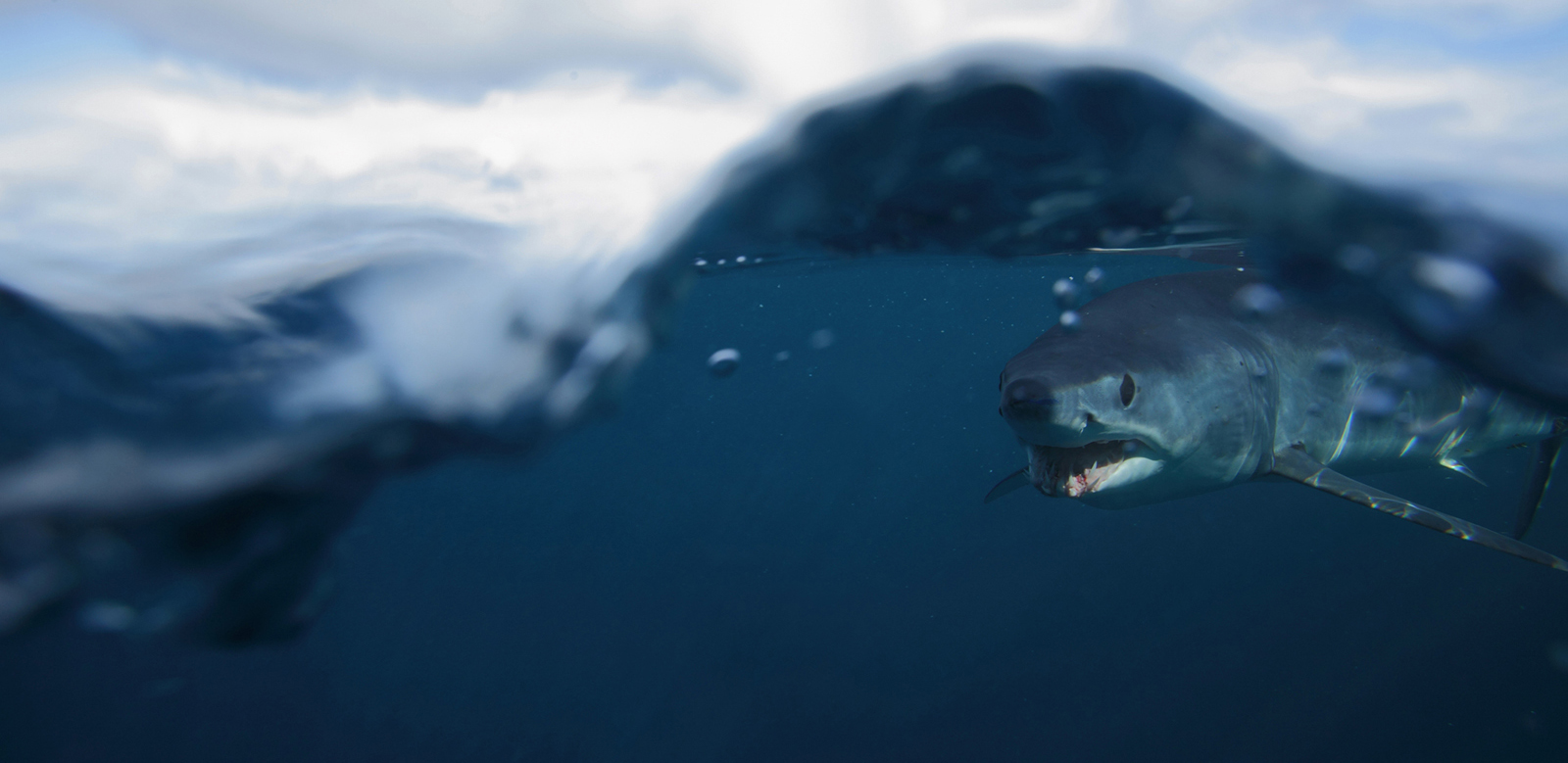Conserving Varied Habitats Key to Raptor Preservation
April 14, 2016
If you think you have seen more ospreys, hawks, falcons and bald eagles in southern New England in recent years than you did a few decades ago, you’re not imagining it. The populations and breeding success of many of these iconic avian species have improved steadily during the past four decades, because of the elimination of the pesticide DDT and less-discussed conservation efforts of local governments and conservation groups.
DDT, developed in the 1940s, was the first modern synthetic insecticide. It was used to combat insect-borne diseases such as malaria, and widely adopted to control insects on farmland and in backyards. Beginning in the 1950s, the use of DDT was increasingly regulated because of its negative environmental and public-health effects. In 1972, the Environmental Protection Agency (EPA) mostly banned the use of DDT.
The pesticide is now classified as a probable human carcinogen. Studies have found that human exposure likely causes reproductive issues, while some animals exposed to the pesticide develop liver tumors. The concentration of DDT has decreased in the environment and in animal populations, but it persists and remains a concern, according to the EPA.
Raptors, which preyed on fish and other small animals exposed to DDT, experienced sharp population declines after the introduction of the pesticide. “It was killing the birds and their offspring,” said Jon Scoones, director of volunteer services at the Audubon Society of Rhode Island.
DDE, a breakdown product of DDT, caused the eggshells of exposed raptors to thin and embryos to die. The number of active osprey nests dotting the coastline and rivers between New York City and Boston plunged from about 1,000 in 1940 to just 150 in 1969, according to the New York State Department of Environmental Conservation.
In 1977, the Rhode Island Department of Environmental Management (DEM) began monitoring osprey nesting sites to track the species’ recovery from the effects of DDT. In the program’s first year, only eight fledglings were observed; in 2015, 239 were observed, according to the Rhode Island Osprey Report published annually by the Audubon Society of Rhode Island.
While some of the increase in fledglings observed is attributable to an increase in observers and more nests being monitored since the program’s inception, most is due to the reduction of DDT in the environment and conservation efforts, according to Scoones. In fact, he said more nests are being monitored because more nests exist now than did in 1977.
Scoones estimated that the number of active nests in the region is approaching pre-DDT levels. “There has been a steady increase to the point where you see birds nesting on cell towers, telephone poles and boats,” he said.
The number of active nests will likely continue to increase until Rhode Island’s carrying capacity — the number of families the available habitat and prey can support — is reached, Scoones said.
The R.I. Audubon Society took over the osprey monitoring program from DEM in 2010. The program relies mostly on volunteer observers. Last year, 96 monitors observed 229 nests for a total of 1,359 hours. The program is growing in popularity and capacity. Between 2014 and 2015 alone, 30 additional monitors and nests were added to the program’s scope, resulting in more reliable findings concerning osprey breeding success.
While eliminating DDT played a major role in the early stages of osprey recovery, habitat conservation has shifted to the forefront of conservation efforts, according to Scoones. Osprey, which feed almost exclusively on fish, are especially threatened by poor water quality and clarity and coastal development.
Each osprey chick requires about three fish a day in order to fledge, Scoones said. Abundant fish and clear water are essential to an osprey parent being able to catch enough fish to feed itself and its chicks. When stormwater runoff or combined sewer overflows pollute rivers or bays, the resulting murky water decreases hunting success. Scoones said when property owners and municipalities better control stormwater runoff, water remains clearer, which helps the osprey population grow.
Coastal development, by definition, encroaches on osprey habitat. Ospreys generally nest within a quarter-mile of their fishing grounds, according to Scoones. As wild buffers along bays and rivers are replaced with homes, osprey are left with fewer places to nest. Osprey conservation is just one more reason conserving waterfront land is important, he said. In places where coastal development is already dense, manmade osprey platforms are an effective means of encouraging ospreys to nest.
Osprey are also adapting to coastal development by nesting on manmade structures such as telephone poles and chimneys. Scoones noted that National Grid has started investing in covers for some of its infrastructure to protect the birds and the company’s investment.
“The loss of habitat on the coastline has reduced the ospreys’ options,” he said.
A natural threat to ospreys are peregrine falcons and great horned owls, which take osprey chicks from their nests. Chicks in four osprey nests were wiped out last year by a great horned owl in the Great Swamp region, according to Scoones.
Populations soaring
The osprey is not the only raptor species to experience a population rebound post-DDT. Bald eagles, red-tailed and Cooper’s hawks, and peregrine falcons are other examples.
The bald eagle, once on the brink of extinction in the lower 48 states, has been delisted as an endangered species by the U.S. Fish & Wildlife Service and is now considered a species of least concern, like the osprey.
During the past decade, bald eagles have once again begun nesting in Rhode Island. For years, an active bald eagle nest at the Scituate Reservoir contained the state’s only known mating pair, but in recent years, three additional nests have been spotted in Providence, Kent and Bristol counties.
This is part of a regional trend, with nesting eagles becoming more common throughout the East Coast, according to Peter Paton, a professor of natural resources science at the University of Rhode Island.
In 2015, Peter Green, a raptor photographer, documented the six-month chick-rearing process of a pair just 10 minutes from his home in downtown Providence on his website Providence Raptors. The pair successfully raised two chicks, and have returned this year.
Green, who has been observing raptors in the area for about 10 years, said the number of nesting pairs and sightings of roaming, non-resident bald eagles has exploded in the past five years. When he started, an eagle sighting along the Blackstone or Seekonk River would create a stir in the birding community; now he sees them there frequently, he said. Unfortunately, the noble American icons have also been sighted scavenging free meals at the Central Landfill in Johnston, he said.
The once endangered peregrine falcon has also made an impressive recovery, post-DDT. Green photographs mating pairs living atop the Superman Building in Providence and Pawtucket City Hall. The lives and times of the Superman Building pair are broadcast via a webcam set up by the Audubon Society of Rhode Island.
Red-tailed and and Cooper’s hawks, two more raptor species severely impacted by DDT, are more common today than they were 40 years ago, according to Paton.
Complicated conservation
While curtailing the use of DDT made each of these recoveries possible, conservation of breeding grounds, stopover sites during migration, and wintering habitat now plays the most important role in ensuring raptor populations remain stable or continue to climb, according to Paton. Since different raptors require different habitat, each species requires a specific conservation strategy, he said.
For example, ospreys and bald eagles prefer habitat close to large bodies of water with abundant fish. Cooper’s hawks are woodland specialists that thrive in older forests where they feed on birds and small mammals. Sharp-shinned hawks, a species in decline locally, prefer coniferous forests specifically. Kestrels, a type of small falcon, prefer grassland habitats.
Building nesting platforms and reducing stormwater runoff for the osprey does nothing to help the Cooper’s hawk or kestrel, while allowing fields to mature into forest — as has been the trend in the Northeast — helps the Cooper’s hawk, but is detrimental to the kestrel. In fact, the kestrel population is in decline in the state as grassy fields evolve into forests or are developed.
Raptor conservation is not one-size-fits all. It requires clear water and undeveloped coastal land, large blocks of mature forest and more grassland habitat, according to Paton.




Lots of video of Red tailed hawks on the Moshassuckcritters Youtube channel
This is a great article and I am a big supporter of all raptors. I capture some video of a pair of eagles flying over the Seekonk River last fall, and it was amazing to watch and was a great addition to the river tour offered by the Blackstone Valley Tourism Council aboard the Blackstone Valley Explorer.
I hope everyone has a chance to see these beautiful birds in actions. Along the Blackstone River in Valley Falls we see Osprey and Red Tail Hawks. Our River Tours resume next month starting from Central Falls Landing.